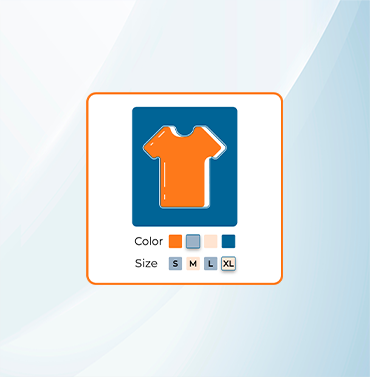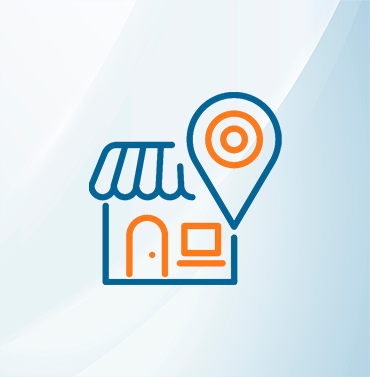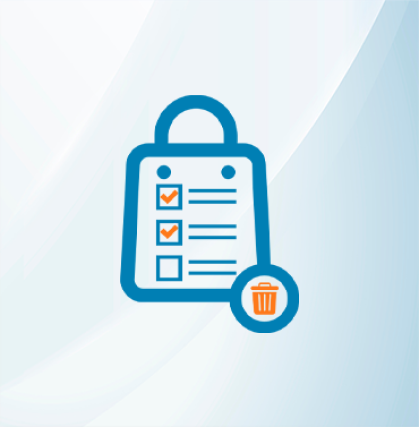
The eCommerce industry has witnessed unprecedented growth in recent years, and the global pandemic further accelerated the shift towards online shopping. As more consumers embrace the convenience of online shopping, eCommerce businesses face a golden opportunity to expand their reach and profitability. Whether you're a startup or an established eCommerce brand, there are numerous strategies you can employ to scale your business.
In this blog post, we'll explore the top ways to expand your eCommerce business, from optimizing your website to exploring new sales channels and international markets.
Top 7 Ways to Expand Your eCommerce Business
Let’s have a look at them!
Optimize Your Website
- Mobile Optimization: With the proliferation of smartphones, having a mobile-friendly website is critical. Responsive design ensures your site adapts to various screen sizes. Google also rewards mobile-friendly websites with higher search rankings, so it's essential for both user experience and SEO.
- User-Friendly Navigation: Simplify website navigation by creating clear menus and well-organized categories. Implementing a search bar with auto-suggestions can further enhance the user experience.
- High-Quality Imagery: High-resolution product images and videos provide customers with a closer look at your offerings. Consider implementing zoom functionality and 3D views for certain products.
- Streamlined Checkout: Cart abandonment can be reduced by making the checkout process as straightforward as possible. Minimize the number of steps, offer guest checkout, and ensure secure payment processing.
- Page Speed: Page load times significantly impact user satisfaction and SEO. Optimize images, leverage browser caching, and use content delivery networks (CDNs) to ensure fast loading times.
Enhance Customer Service
- Live Chat Support: Implementing live chat support on your website allows customers to get immediate assistance with questions or issues, improving overall satisfaction.
- 24/7 Availability: Providing round-the-clock customer support, either through chatbots or human agents, accommodates customers in different time zones and fosters trust.
- Personalization: Use customer data to personalize recommendations and communication. Tailor product suggestions and marketing messages to individual preferences.
- Easy Returns and Refunds: Simplify your return and refund process to make it hassle-free for customers. Transparent policies can build trust and encourage purchases.
Expand Product Offerings - Product Bundling: Bundling related products together at a discounted price encourages customers to buy more. For example, if you sell cameras, bundle them with memory cards and a carrying case.
- Introduce New Products: Regularly adding new products keeps your inventory fresh and customers engaged. Research market trends and customer feedback to identify opportunities for new offerings.
- Private Labeling: Private labeling involves selling products under your brand name, even if they're manufactured by another company. It allows for unique branding and product differentiation.
- Dropshipping: Dropshipping is a method where you partner with suppliers to fulfill orders on your behalf. This allows you to expand your product range without stocking inventory, reducing upfront costs and risks.
Invest in Digital Marketing - Search Engine Optimization (SEO): SEO is a long-term strategy for improving your website's visibility in search engine results. Conduct keyword research, optimize meta tags, and focus on creating high-quality, relevant content.
- Pay-Per-Click (PPC) Advertising: PPC advertising allows you to bid on keywords and display ads to a targeted audience. Effective keyword selection, compelling ad copy, and efficient budget management are crucial for success.
- Content Marketing: Regularly create valuable content that addresses the needs and interests of your target audience. Blog posts, how-to guides, videos, and infographics can drive organic traffic and establish your brand as an authority.
- Email Marketing: Build and segment your email list for personalized communication. Send product recommendations, special offers, and informative newsletters to keep customers engaged.
- Social Media Marketing: Utilize social platforms to showcase your products and connect with your audience. Engage with followers, run targeted ads, and explore influencer collaborations to expand your reach.
Expand to New Sales Channels
- Marketplaces: Selling on established online marketplaces like Amazon, eBay, and Etsy can expose your products to a massive audience. Be prepared to meet marketplace-specific requirements and fees.
- Social Commerce: Many social media platforms offer e-commerce features, allowing users to shop directly on the platform. Instagram Shopping and Facebook Shops are examples. Utilize these features to reach a broader audience.
- B2B Sales: Explore business-to-business (B2B) sales opportunities. This may involve partnering with distributors or setting up a separate B2B portal on your website.
- Subscription Models: Offer subscription-based products or services to create a steady stream of recurring revenue. Subscriptions can boost customer retention and predictability.
Implement Customer Loyalty Programs - Reward Points: Reward customers with points for every purchase. These points can be redeemed for discounts or free products, incentivizing repeat purchases.
- Exclusive Discounts: Provide loyal customers with exclusive discounts, early access to sales, or special promotions to make them feel valued.
- Tiered Programs: Create multi-tiered loyalty programs with increasing benefits as customers advance through the tiers. This can encourage customers to stay engaged with your brand.
- Referral Programs: Encourage customers to refer friends and family to your business. Offer rewards or discounts for successful referrals, turning satisfied customers into advocates.
International Expansion - Market Research: Thoroughly research international markets to understand local demand, competition, and cultural preferences. Tailor your strategy to each target market.
- Localization: Adapt your website, product description, and marketing materials to the language and culture of the target market. Localization goes beyond translation and includes cultural sensitivity.
- Shipping and Logistics: Develop a robust international shipping strategy to ensure timely and cost-effective delivery. Consider partnerships with international carriers and fulfillment centers.
- Payment Options: Offer payment methods that are popular and trusted in the target country. This may include local payment gateways and currencies.
- Legal and Regulatory Compliance: Understand the legal and regulatory requirements of each international market. This includes customs regulations, taxes, and data privacy laws.
In conclusion, expanding your eCommerce business requires a well-rounded approach that addresses various aspects of your operation. By optimizing your website, diversifying your product offerings, investing in digital marketing, expanding to new sales channels, implementing loyalty programs, considering international expansion, and enhancing customer service, you can position your business for sustainable growth in the competitive eCommerce landscape. Remember to stay adaptable and customer-focused to ensure continued success.


































































































Validate your login
Sign In
Create New Account